Boeing Mail Airplanes in Latin American Military Service
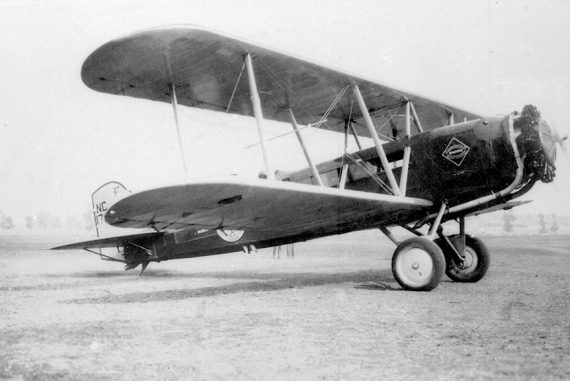
Before the name Boeing was known throughout the world as a builder of bombers and other great military airplanes, the company made it’s reputation on transports and, particularly, mail airplanes. Boeing’s Model 40 and Model 95 were all reliable, fast biplanes capable of carrying a heavy load. They were predecessors of the Boeing Model 80 airliner and the revolutionary Boeing Monomail series, as well as the Boeing 247, widely recognized as “the first modern airliner.”
The Model 40 originated in a 1925 competition to provide a mail airplane for use by the U.S. Postal Service. The Model 40 lost the competition to the Douglas M-1, although neither was bought in quantity by the Post Office. However, two years later, the U.S. Air Mail system was privatized, and the Boeing company elected to compete for airmail contracts. In order to secure these lucrative contracts, the newly formed Boeing Air Transport (predecessor of United Airlines) needed a mail airplane. Thus, the unsuccessful Model 40 design was dusted off. Since the requirement to use a Liberty engine that had been levied by the Post Office no longer applied, Boeing redesigned the aircraft to take a 420 horsepower Pratt & Whitney Wasp radial engine. This much-more efficient power-plant allowed the Model 40 to carry the same mail load as its competitors and also two passengers. This ability paid huge dividends in terms of profit for Boeing Air Transport.
Twenty-five Model 40As were built, and Boeing Air Transport put 24 of them into service (the 25th served Pratt & Whitney as an engine testbed). In 1928, Boeing brought out the Model 40B with a 525 horsepower Pratt & Whitney Hornet. This allowed higher weights and slightly better performance. All nineteen of the surviving Model 40As were converted to 40B standard. Ten Model 40Cs were built, having the original 420 horsepower engine, but able to carry four passengers. Finally, the Model 40B-4 of 1929 had the four-passenger capacity and the bigger engine. All of the Model 40Cs were eventually modified to Model 40B-4 standard.
Meanwhile, Boeing had designed the Model 95. This development was a cargo and mail carrier with no passenger capacity. Twenty-five Model 95s were built, most going directly into service with Boeing Air Transport.
Both aircraft types were steel tube and fabric biplanes, large for single-engine aircraft, with a single, open cockpit for the pilot well back on the fuselage, and a mail, cargo, or passenger compartment between the wings in the forward fuselage.
In 1930, Boeing introduced its Model 200 “Monomail”. Truly revolutionary for its day, the Monomail introduced cantilever monoplane wings, retractable landing gear, and a ring-cowled radial engine. Almost 30% faster than its predecessors, the Monomail quickly eclipsed the Models 40 and 95 in Boeing service. There was still a lot of life left in the old Boeings though, so they were sold to other operators, including at least two Latin American air forces.
As early as 1930, the first of six Model 40B-4s arrived in Peru, where they went into service with the Cuerpo de Aeronáutica del Peru (Peru’s Aeronautics Corps.) The Peruvian 40B-4s served in their design capacity as cargo and passenger carriers until 1941. Our first color profile shows a Peruvian Model 40B-4. The paint scheme and markings in the drawing are based on photos displayed on the now defunct website “Aeronaves de la Fuerza Aérea Peruana.”
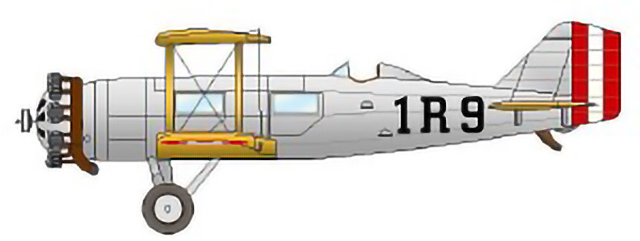
By 1936, both the Model 40 and the Model 95 had entered service with the Cuerpo de Aviación Militar Hondureño (Honduran Military Aviation Corps.) The Hondurans had nine Model 40B-4s in service from 1936 through 1945. Our second profile shows a Honduran 40B-4 in service as a transport in the early 1940s.
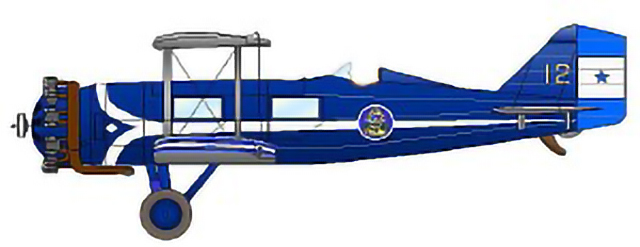
Some of the Boeings in Honduras were modified for a slightly more exciting role… Our third illustration shows a Model 95 (of which the Honduran Aviation Corps had four). The Hondurans put the Boeing’s load-carrying capacity to good use and modified them for use as single seat bombers. Note the under-wing and fuselage bomb racks, and the HUGE radio antenna above the fuselage.
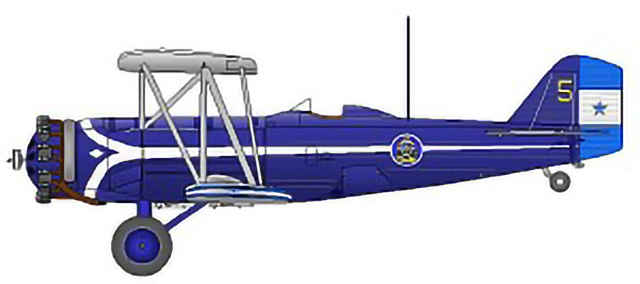
At least one of the Model 95s was further modified with a defensive gun position behind the pilot. Note that there are fewer bomb racks, and no radio antenna on this version.
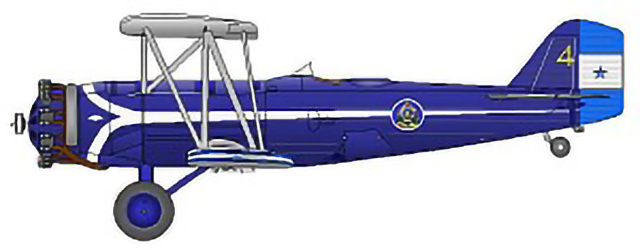
The three illustrations showing Honduran aircraft are all based on good photographic evidence… About the only open question is the true color of the numbers painted on the vertical tail and the presence of under-wing markings. As always, if you have any comments, corrections or suggestions about these drawings, please pass them on to the author/artist. Also, if you can confirm any of the information in these drawings, please get in touch with us!
Documentary Sources
– Website: “Aeronaves de la Fuerza Aérea Peruana” (Archived.)
– Website: “Boeing: History – Beginnings – Model 40A” (Archived.)
– Website: “Peru Military Aircraft Historical Listings”
– Book: “The Illustrated Encyclopedia of Propeller Airliners” edited by Bill Gunston, Exeter Books, New York, 1980.
– Book: “Jane’s Encyclopedia of Aviation” edited by Michael J.H. Taylor, Crescent Books, New York, 1989.
– Various clippings in the author’s file, the original sources of which are unfortunately lost.